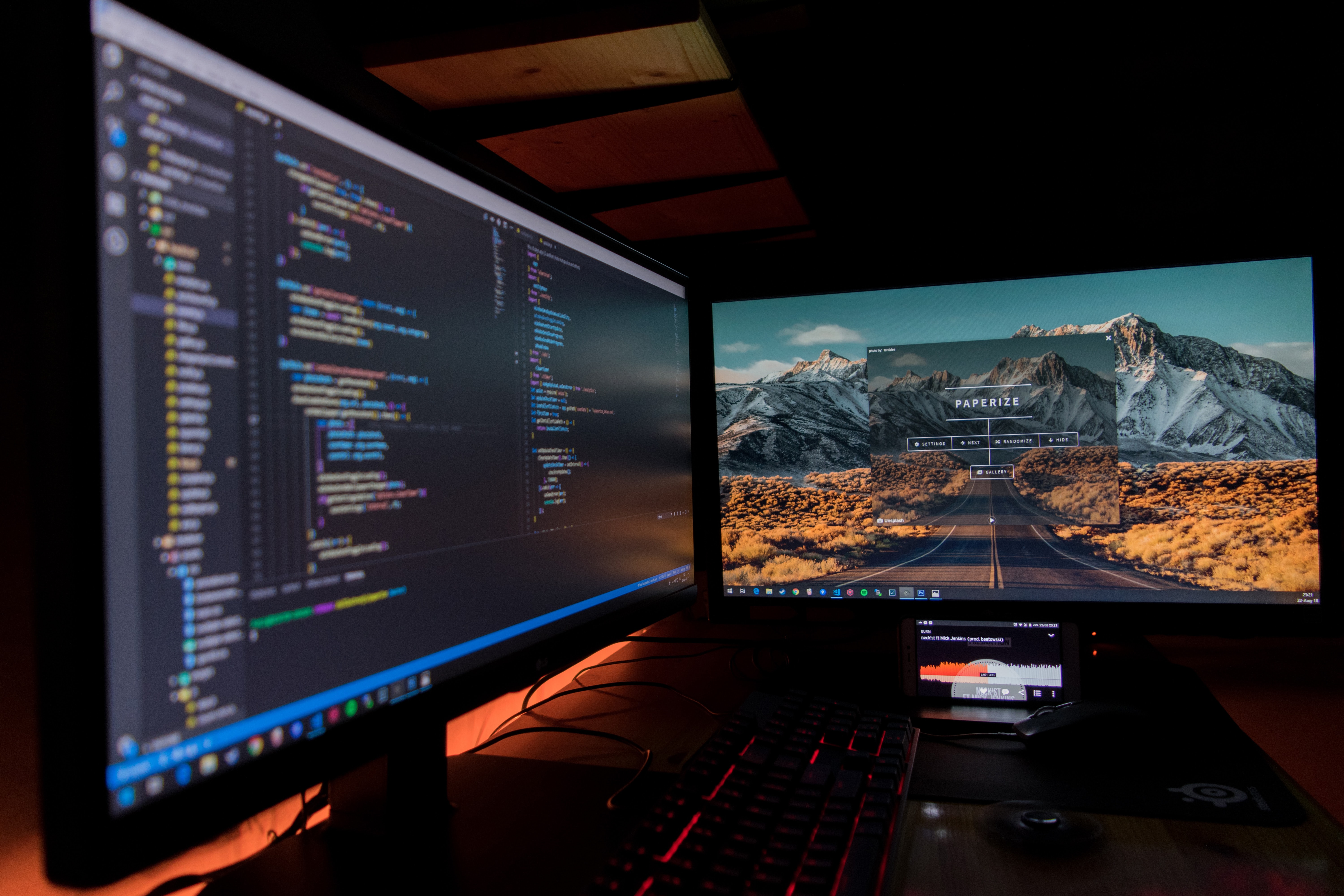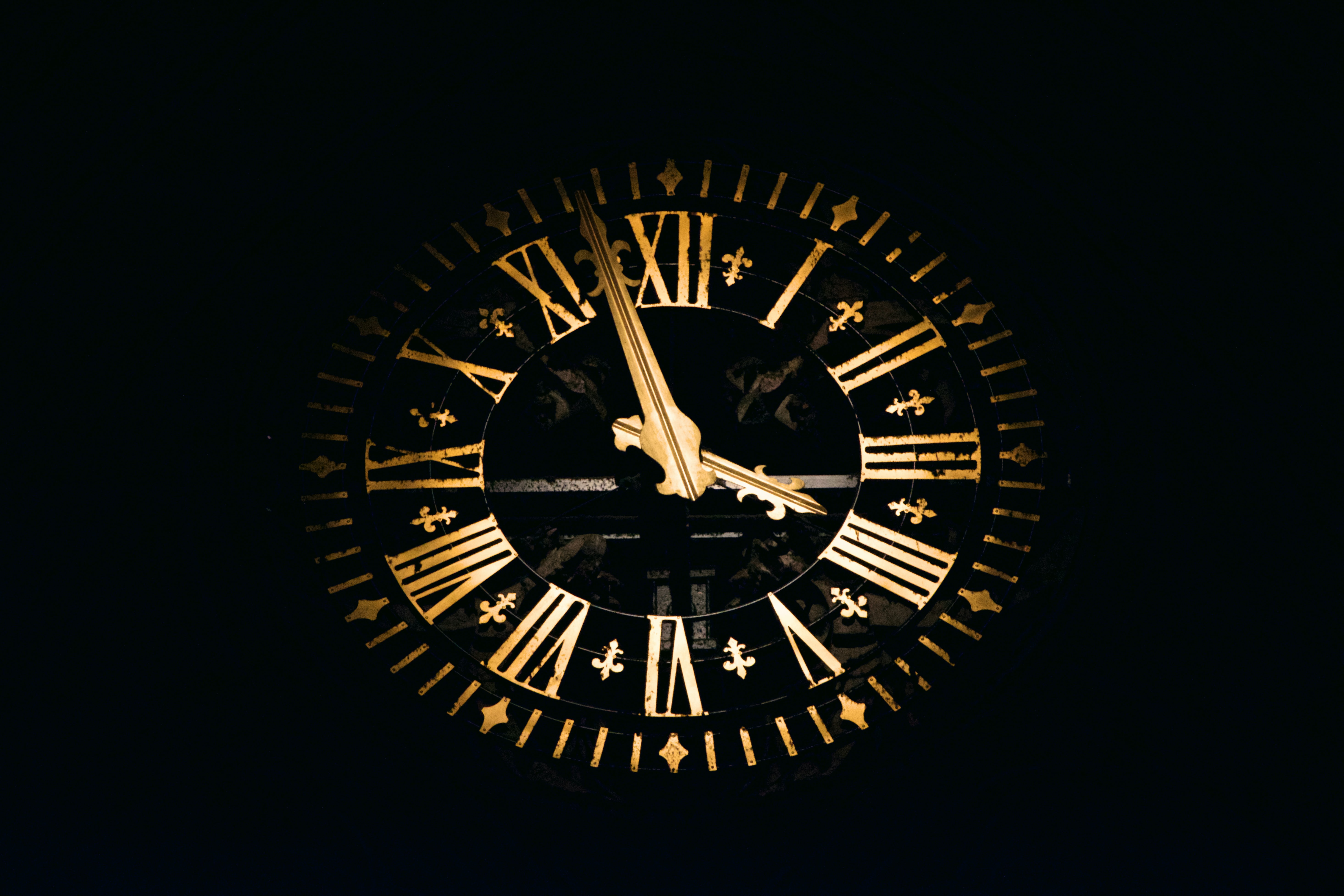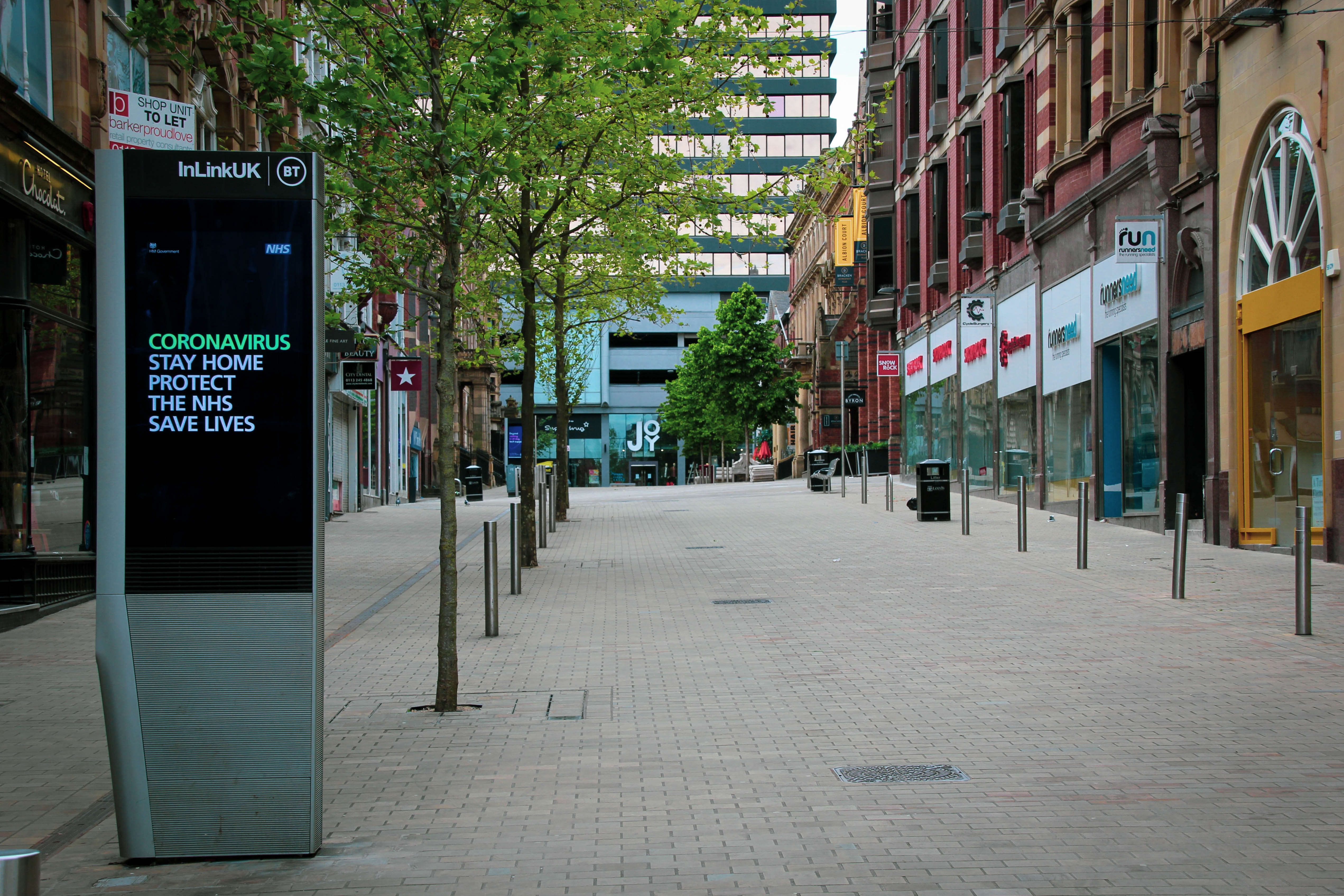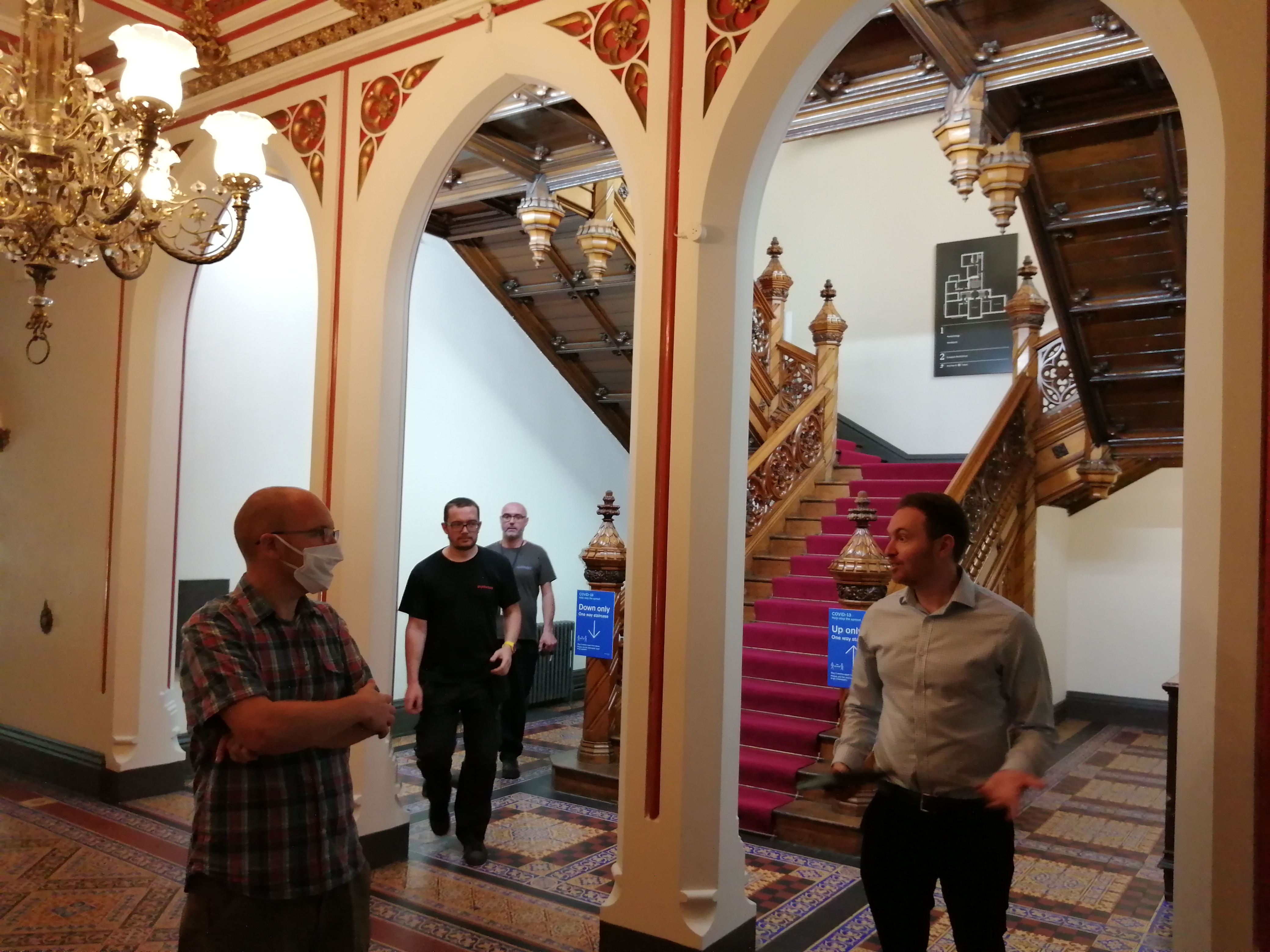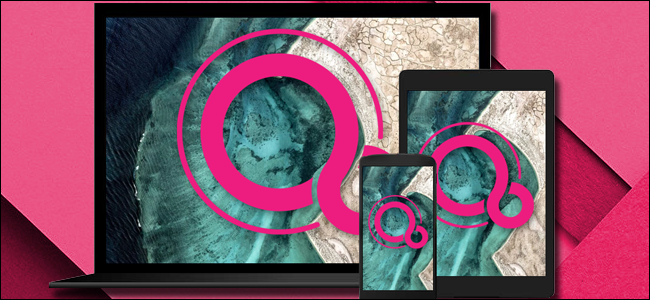
“I’ve seen the future, and the future is fuchsia”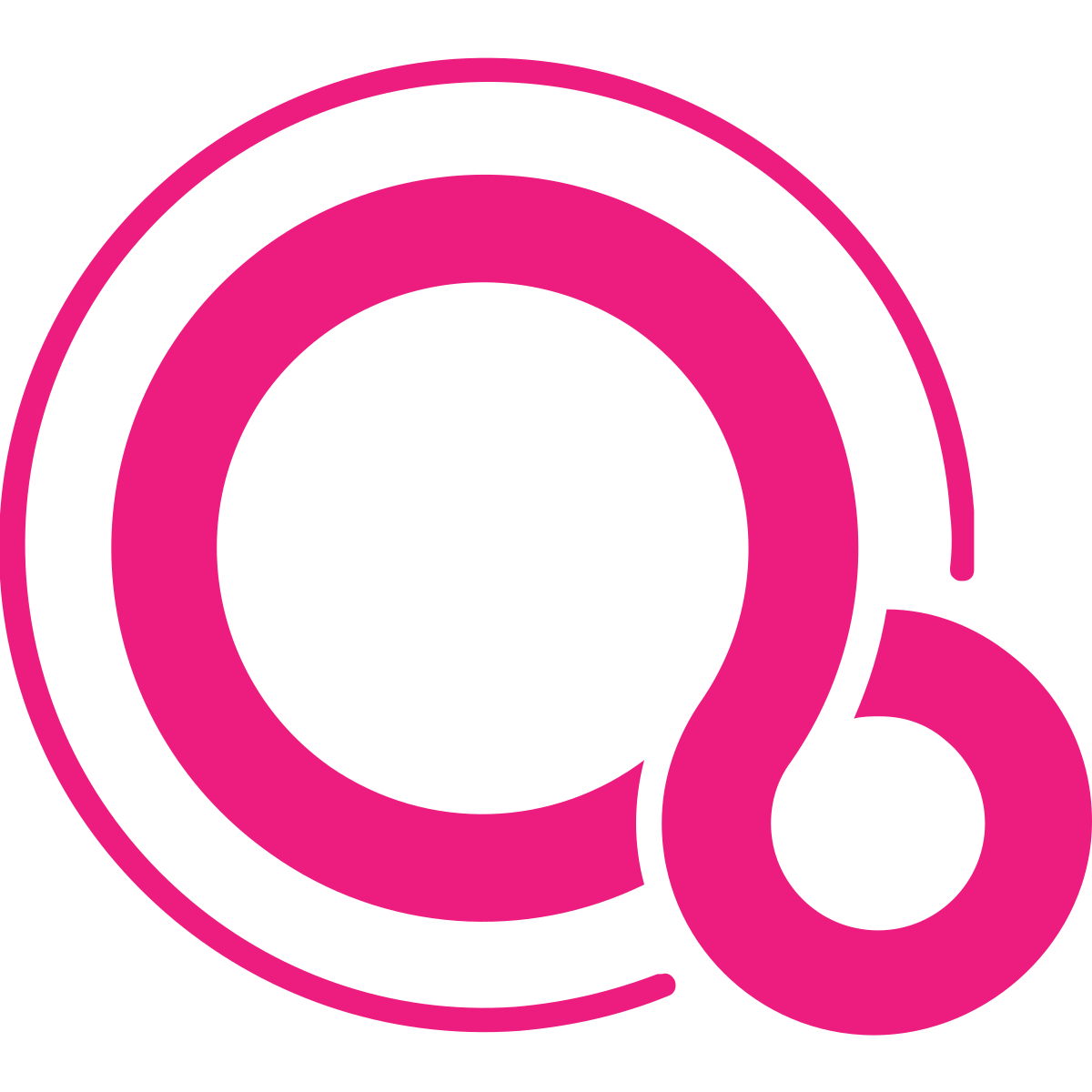
In August 2016, a mysterious post on Github revealed that Google were working on producing an operating system called “Fuchsia”.
It didn’t take the development community long to figure that the colour fuchsia was a mix of pink and purple - “pink” had been the codename for Apple’s first attempt to produce an operating system, “purple” had been the codename for the original iPhone…. and so the rumours started.
Looking at the code on GitHub, it appeared that the new OS was designed to run on everything from embedded devices all the way up to smartphones and desktop PC’s. It was also built around a new non Linux based, medium sized microkernel - “Zircon” (formerly “Magenta”). This was unlike Android and Chrome OS, which both utilised a more traditional Linux based kernel. (Let’s remember for a moment that the Linux kernel dates back to 1991.)
In May 2017, Fuchsia was given a graphical user interface called Armadillo.
Wind forwards nearly a year, and speculation began to mount that Fuchsia was being designed to replace Android, given similarities between both ecosystems. In 2018, Google released documentation of how to install Fuchsia on Pixelbooks, and, in July 2019, Google officially announced an open source development project - fuchsia.dev - giving out source code and documentation. At launch, the project contained 70 repos and tens of millions of lines of code. Fairly serious, then.
There’s a Fuchsia emulator, FEMU, and Fuchsia has been set up on devices - some of which use Kirin processors (usually found in Huawei’s, which can’t be used in the US) - the demos run, they can be somewhat buggy, but that’s “early software” for you.
When running, it’s all very impressive, with tabbed windows and apps (even 3D) continuing to run in the background when minimised. And it certainly looks great.
BUT WHAT’S THE POINT OF FUCHSIA ?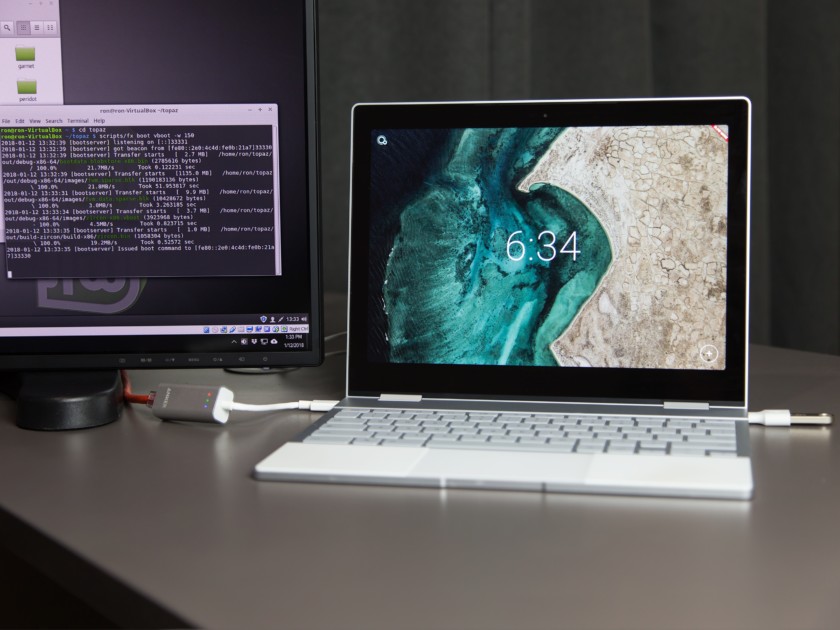
To be honest, no one is sure.
Originally, it’d been thought that Fuchsia represented a way to unify Chrome and Android into a single OS. That idea seems to have faded, and the rumour that Fuchsia is some form of future Android killer has been denied by Google themselves.
Of course, Google aren’t going to tell anyone what the point of Fuchsia is.
Officially, on fuchsia.dev, Google describe Fuchsia as “an open source effort to create a production-grade operating system that prioritizes security, updatability, and performance. Fuchsia is a foundation for developers to create long-lasting products and experiences across a broad range of devices.”
Well yes, but to what real purpose ?
Another guess might be that it’s Google’s attempt to produce a modern non Linux core based OS which may fit somewhere in the market as Android gets older. You’d certainly imagine that a company like Google wouldn’t invest years of development into a project without a clear vision for it, but, by the same token, Google are astute enough to realise that IT markets and software change unpredictably and it’s wise to not put all your eggs in one basket.
It seems unlikely that Fuchsia is just a test bed, though, given the amount of investment. Fuchsia appears to be an Android killer, waiting in the wings.
SO IS ANDROID IN TROUBLE ?
No, Android is definitely not in trouble at all. Not at the moment, and certainly not for the forseeable future. (Point is, Fuchsia probably concerns itself with the “unforseeable future”).
According to Gstatcounter Android has a market share of 72% at the moment. That figure is somewhat debatable, incidentally, but it’s certainly strong enough to show that Android is not going to suddenly fall from its throne any time soon.
WHERE DOES FLUTTER FIT INTO THIS ?
Well, simple. Flutter forms the UI for Fuchsia. Having spent a lot of time and money developing Flutter as a modern, performant application, it makes sense that Google would integrate Flutter into Fuchsia. Flutter makes use of the Material Design libraries, the 3D elements of which are handled by a Vulkan based engine called Escher.
The combination of Flutter and Fuchsia are pretty telling - with the most modern and simplified development framework and an operating system which is clearly an attempt to break away from the confines of Linux core based systems, Google are attempting to produce a modern, performant system for the future using the best components they have.
At the moment, it’s in project form - think of it as a concept electric car - you don’t suddenly go into production with, say, a new electric car unless market conditions are right.
SO, IS FLUTTER PLUS FUCHSIA THE FUTURE ?
You’re asking us ? We don’t know.
The IT industry has a very well developed rumour mill. The reason for this is very simple, anyone who can successfully predict future trends can potentially make a lot of money. Or, if you’re a developer, avoid going down the wrong path and learning the wrong languages or frameworks. For example, when a prestigious, high profile cross platform development project fails, there are any number of soothsayers and pundits who’ll point to this being “the end of cross platform development”.
One thing you can say for certain, though, is that any future development will invariably be based on new technology, and not a rehash of old software and methodologies.
Want to know more about Flutter, Google's leading frameset for mobile app development ? We at Foresight specialise in developing mobile and web apps using Flutter. Just click here or on the graphic below to get in touch, or here to find out out about our Manchester based Flutter development service. We'll be happy to hear from you.

